The so-called tire tongue refers to a tongue appearance that resembles the inner tube of a car, with the edges swollen and the center depressed, hence the name tire tongue. Its pathogenesis is liver depression and spleen deficiency.
The tire tongue, as the name suggests, looks like a tire, specifically the inner tube of a large vehicle, as shown in the image below:
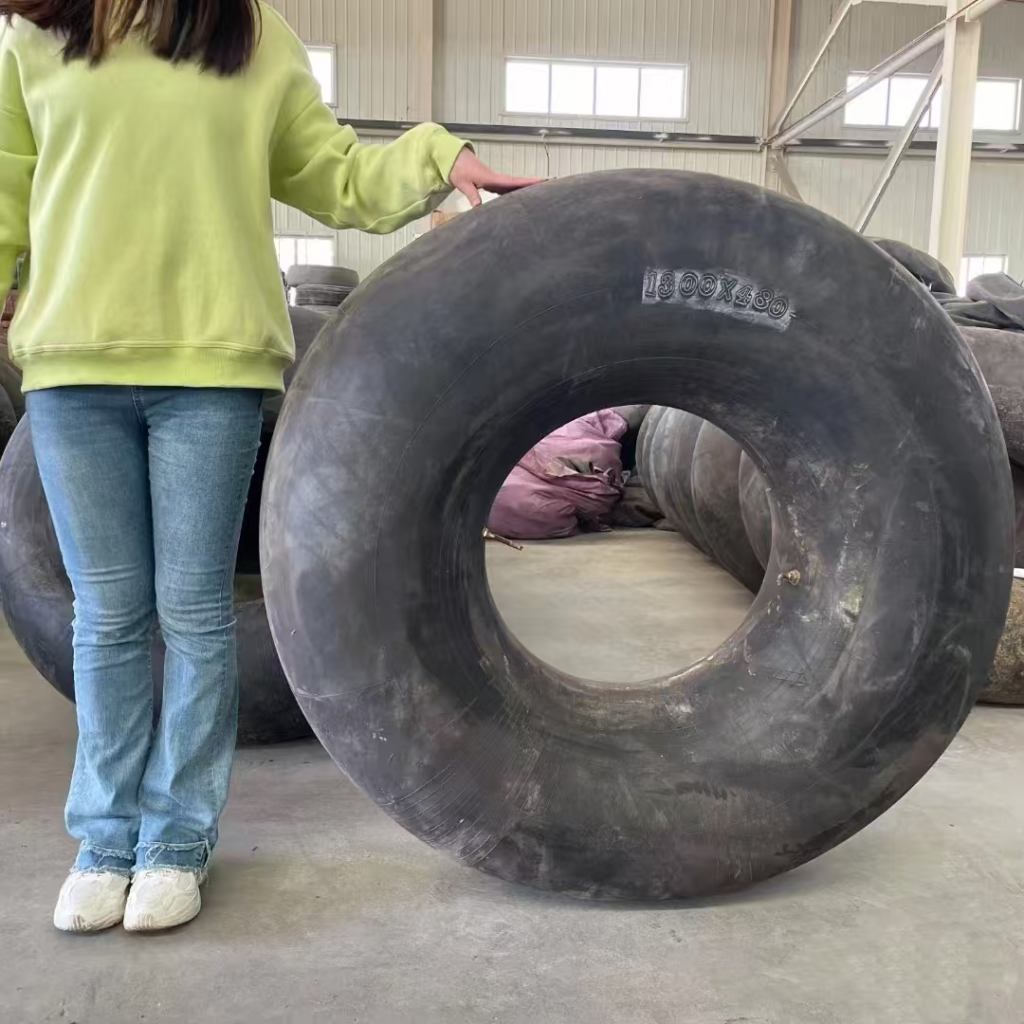
The edges are swollen and the center is depressed, and its pathogenesis is very simple, which is liver depression and spleen deficiency.
When the liver qi does not flow smoothly and becomes stagnant, it causes the tongue to swell, which is easy to understand. Liver depression affects the spleen, and the liver’s wood element overacts on the spleen’s earth element, leading to spleen deficiency, which manifests on the tongue as a central depression, forming a pit.
I. Redefining Tire Tongue: The Tongue Image Code of Liver Depression and Spleen Deficiency
1. Morphological Characteristics and Naming Basis
- Morphological Description: The tongue body is swollen around the edges like the outer rim of a tire, with the center depressed resembling tire treads (see Tongue Image 1).
- Core Pathogenesis: Liver qi stagnation → Spleen deficiency and failure to transport → Phlegm-dampness internally generated → Disharmony of the tongue image.
2. Connection with Traditional Theory
- Liver Depression Affecting the Spleen: The liver’s wood element overacts on the spleen’s earth element, causing stagnation in the middle jiao (from “Essential Prescriptions of the Golden Cabinet”: “Seeing the disease of the liver, knowing it will transmit to the spleen”).
- Phlegm and Stasis Intertwined: Prolonged depression turns into heat → Refining fluids into phlegm → Blocking the tongue’s collaterals (with white greasy or yellow greasy tongue coating).
II. Analysis of 11 Tongue Image Charts and Adjustment Plans
1. Classification of Typical Tire Tongue
Let’s look at the specific tongue image analysis, as the pathogenesis is relatively simple, so I will briefly analyze each:
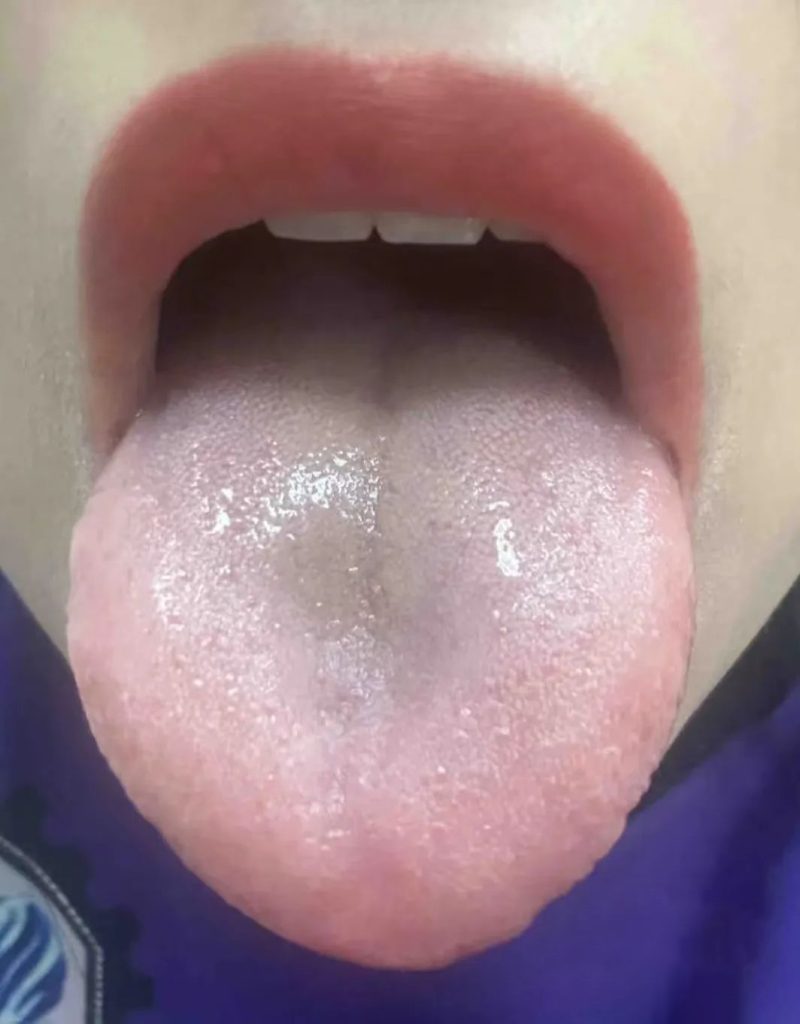
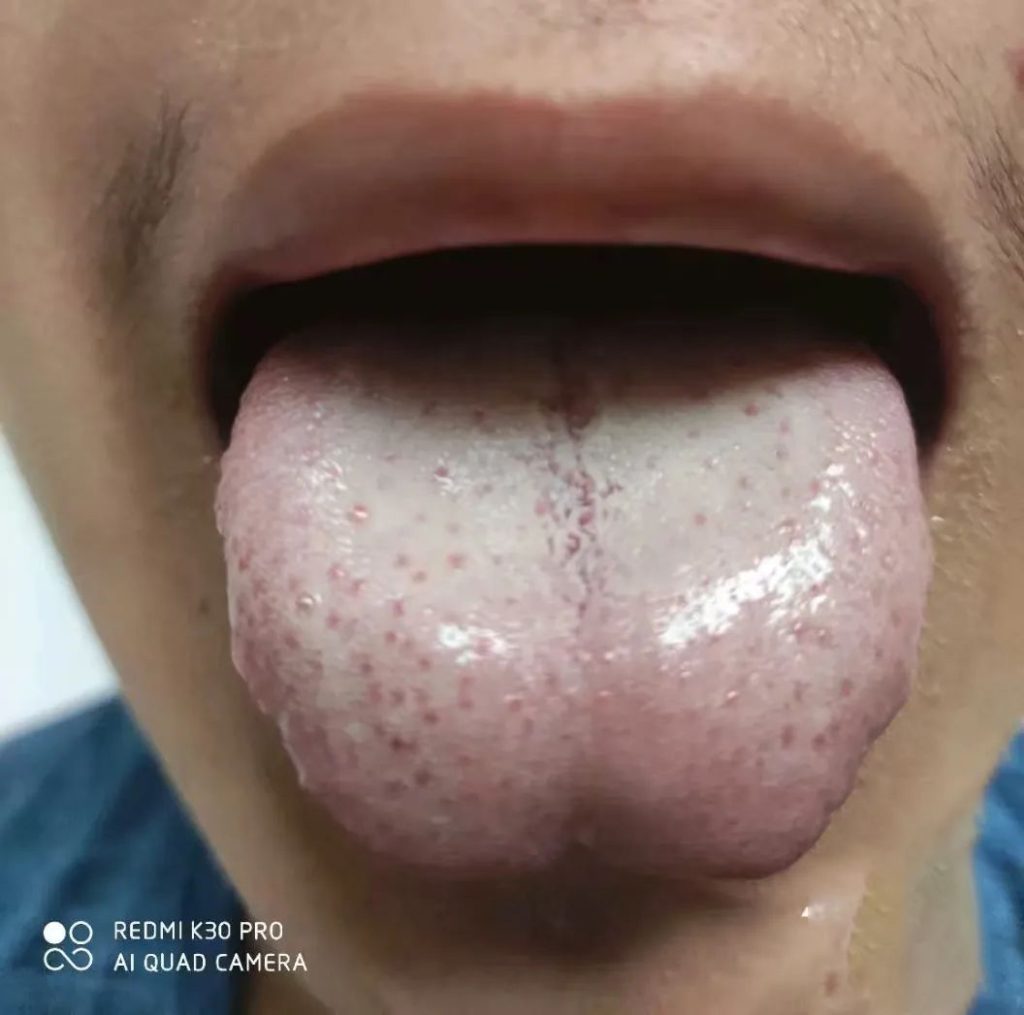
Tongue Image Analysis: This is a tire tongue image, with swollen edges and a central depression. The tongue coating is white and greasy, indicating phlegm-dampness. The pathogenesis is liver depression and spleen deficiency, with internal excess of phlegm-dampness. Additionally, the stasis points on the tongue are very obvious, not very bright red but somewhat dark, indicating significant internal stasis. For more details, see this article:
Case Study | Patient with Rashes on the Head, Face, Chest, and Back for Over a Year, Recovered After Two Consultations (With 4 Tongue Image Change Charts)

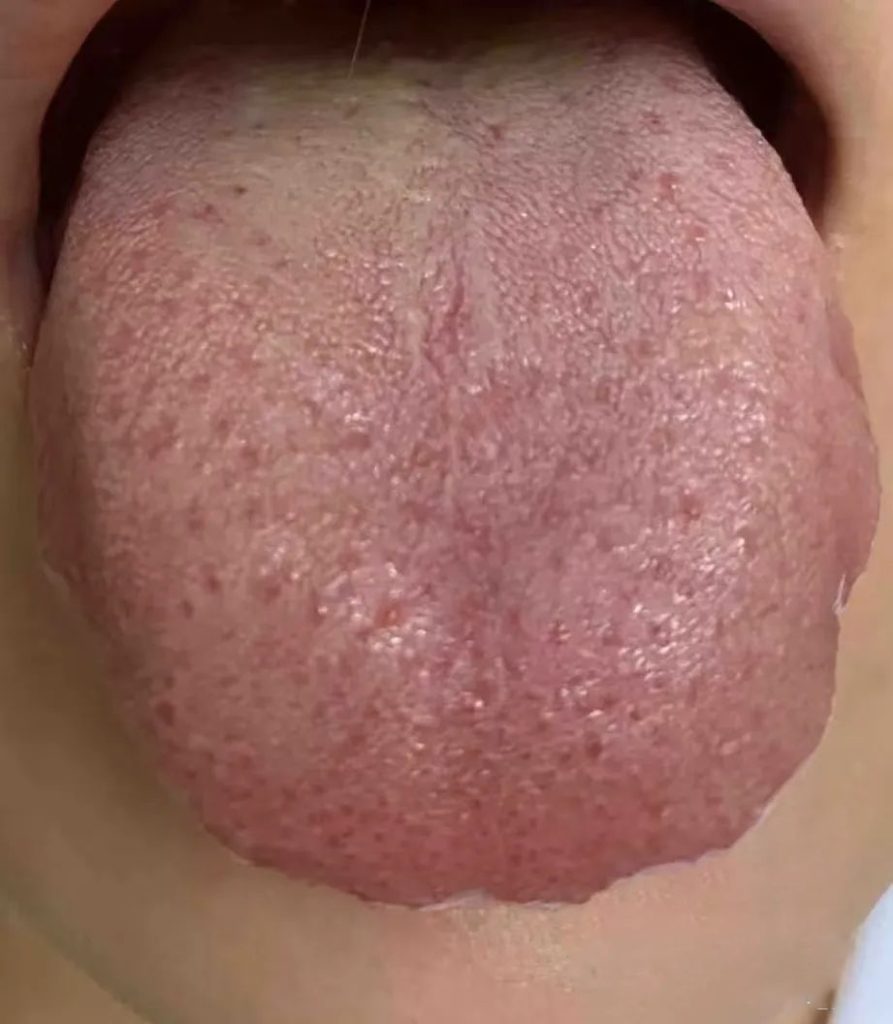
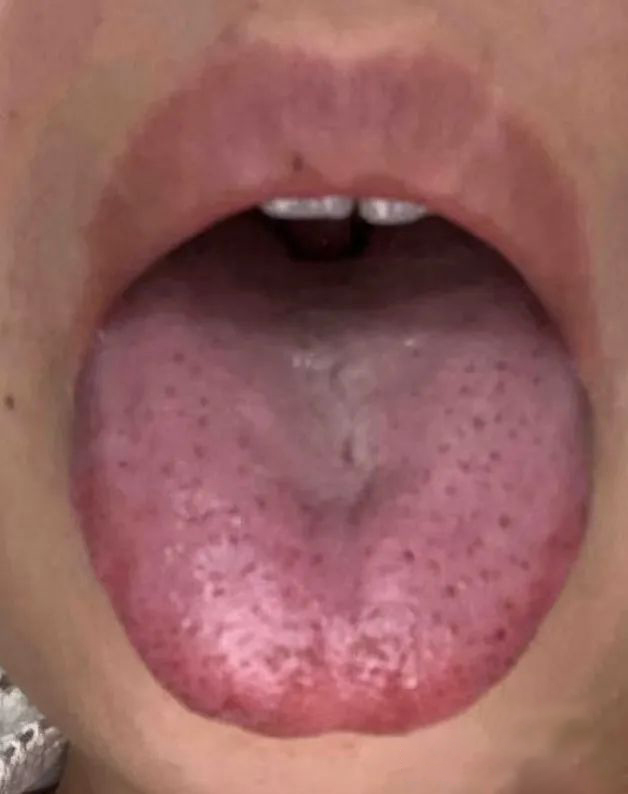

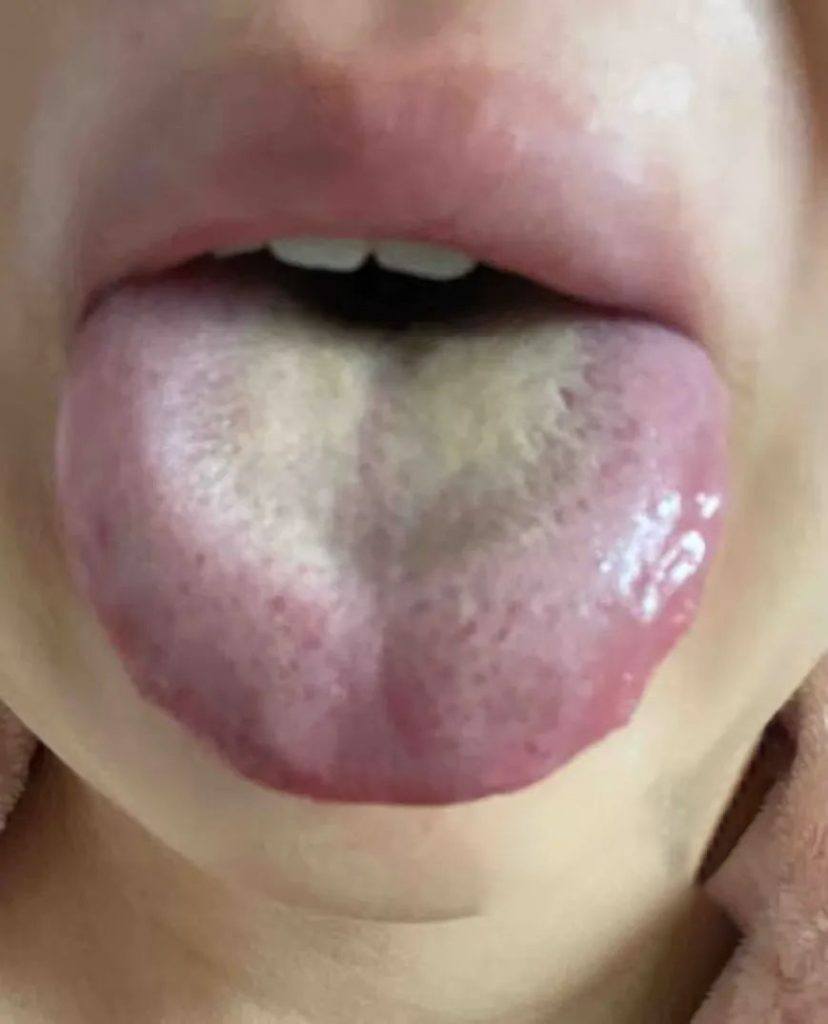
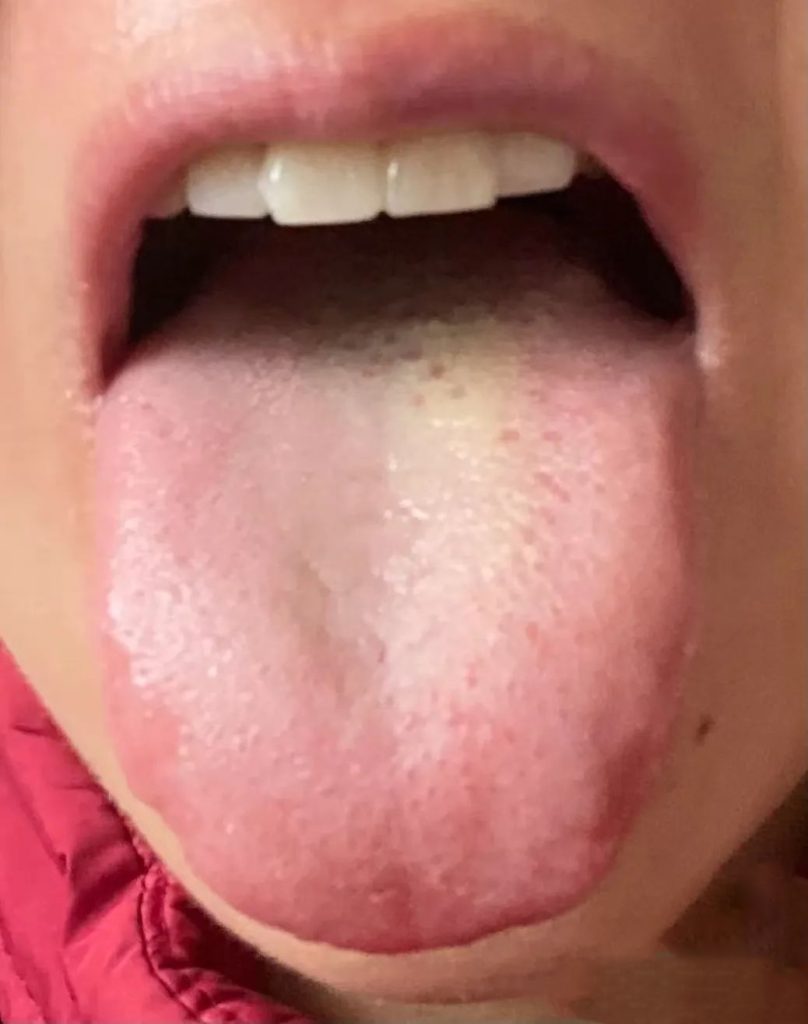
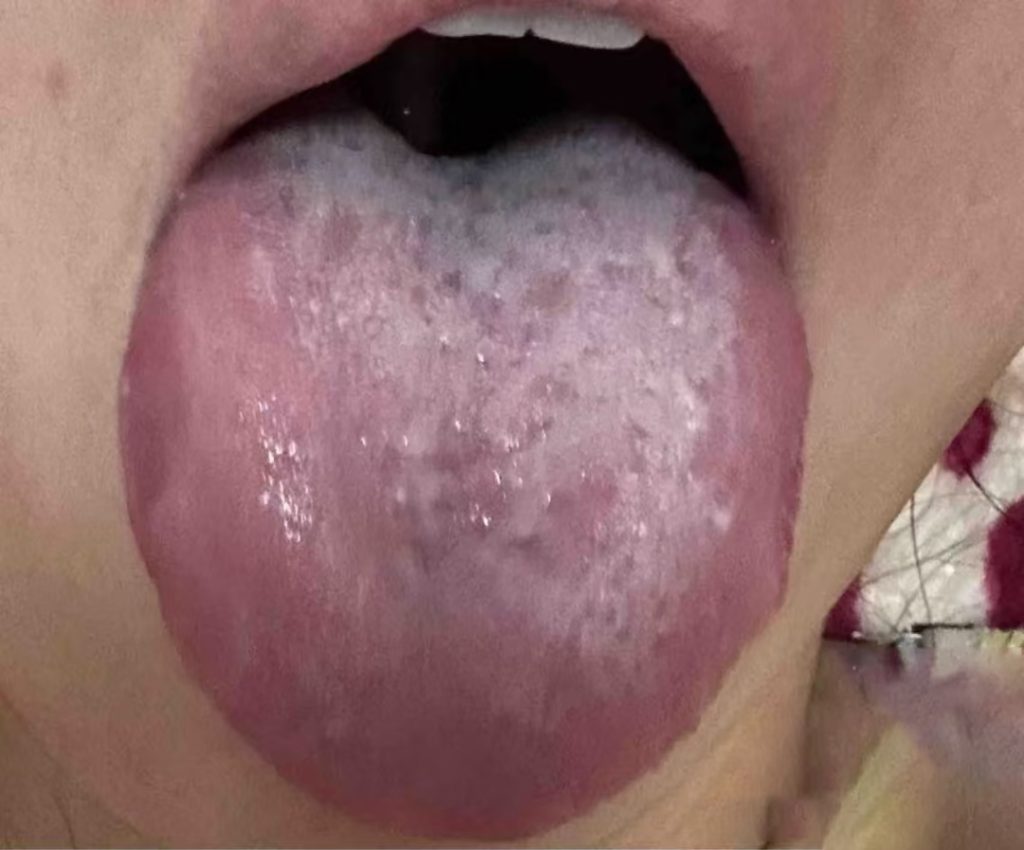

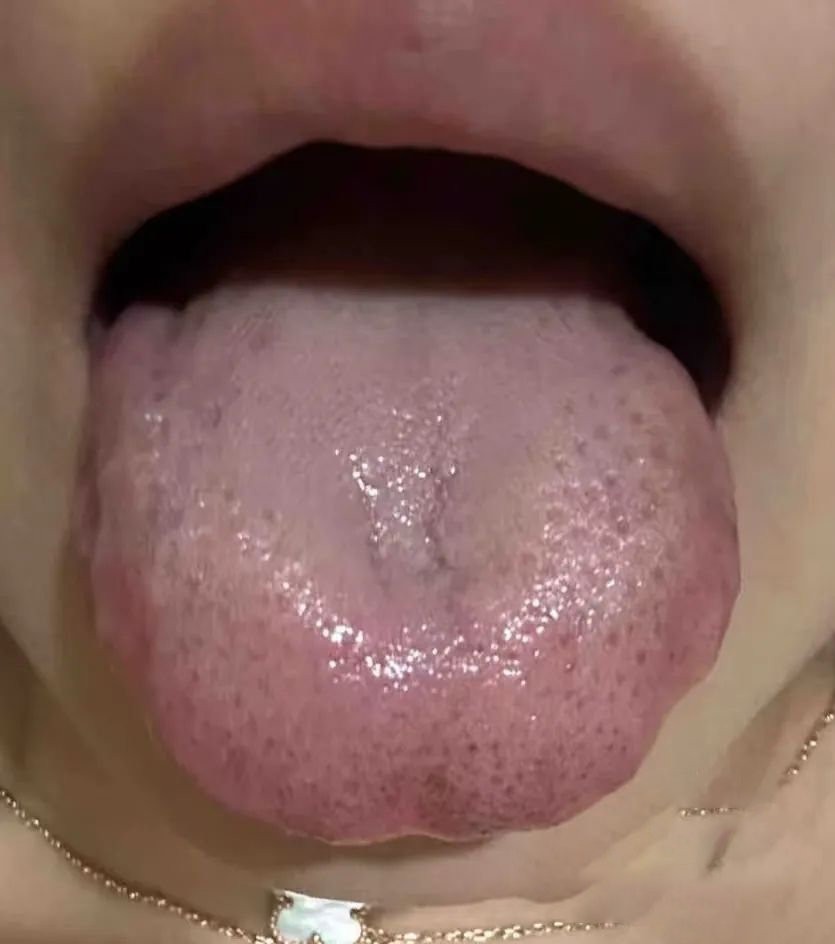
2. Medication Logic for Typical Tire Tongue
| Tongue Image Characteristics | Core Pathogenesis | Recommended Formulas |
|---|---|---|
| Tire tongue + white greasy coating | Liver depression, spleen deficiency, phlegm-dampness | Si Ni San + Xiang Sha Liu Jun Zi Tang |
| Tire tongue + dark red tongue body | Liver depression turning into fire, blood stasis | Dan Zhi Xiao Yao San + Tao Hong Si Wu Tang |
| Tire tongue + cracked tongue | Yin and blood deficiency, stagnation | Gui Pi Tang + Chi Shao and Dan Shen |
| Ice cap tongue + tire tongue | Upper heat and lower cold, mixed deficiency and excess | Ban Xia Xie Xin Tang + Jiao Tai Wan |
3. Analysis of Basic Formulas
The basic formulas I commonly use are Si Ni San combined with Si Jun Zi Tang, sometimes adding stir-fried Chinese yam to fill the pit. If there is phlegm-dampness, I use Si Ni San combined with Xiang Sha Liu Jun Zi Tang. If the phlegm-dampness turns into heat, I combine it with Wen Dan Tang. If there is significant stagnation, with stasis points or cracks, I add blood-activating herbs like moutan bark and red peony root.
- Si Ni San + Si Jun Zi Tang:
Bupleurum + Aurantium (soothe the liver and resolve depression) Codonopsis + Atractylodes (strengthen the spleen and benefit qi) Poria + Licorice (drain dampness and harmonize the middle) - Addition and Subtraction Principles:
- Heavy phlegm-dampness → add Pinellia, Tangerine Peel
- Turning into heat → add Scutellaria, Gardenia
- Blood stasis → add Moutan Bark, Notoginseng
III. Clinical Case Studies and Dynamic Adjustment Guidelines
1. Analysis of Typical Cases
- Case 1: Female, 38 years old, tire tongue with yellow greasy coating, chest tightness and rib pain, treated with Si Ni San + Long Dan Xie Gan Tang, after 2 weeks the coating turned thin and white.
- Case 2: Male, 45 years old, tire tongue with teeth marks on the sides, abdominal distension and loose stools, treated with Shen Ling Bai Zhu San + Chai Hu Shu Gan San, after 1 month the tongue body gradually flattened.
2. Adjustment Cycle Planning
- Depression Relief Phase (1-2 weeks): Chai Hu Shu Gan San as the base, adding turmeric and cyperus to soothe the liver
- Spleen Strengthening Phase (3-4 weeks): Si Jun Zi Tang + Chinese yam, combined with abdominal massage techniques
- Consolidation Phase (5-6 weeks): Gui Pi Wan and Xiao Yao Wan alternated
3. Conclusion
This tire tongue is still easy to identify, with the basic pathogenesis being liver depression and spleen deficiency, and extending a bit further to include phlegm-dampness, blood stasis, and turning into heat, which can be adjusted accordingly.
The reason for establishing so many names is not for any other purpose, but to recognize the pathogenesis at a glance, making tongue diagnosis very quick and accurate in determining the pathogenesis, which is very useful in clinical practice, so I share it with everyone.
I find tongue images quite interesting; the tongue looks like a tire at one moment and like a ruyi scepter at another, and then I give it a name, enjoying the process.
The ruyi tongue is discussed in this article; you can see if it resembles a ruyi scepter, which is quite interesting.
Technique Article | Deconstructing Ruyi Tongue in Tongue Diagnosis (Lower Yuan Deficiency, Upper Jiao Qi Sinking)


Leave a Reply